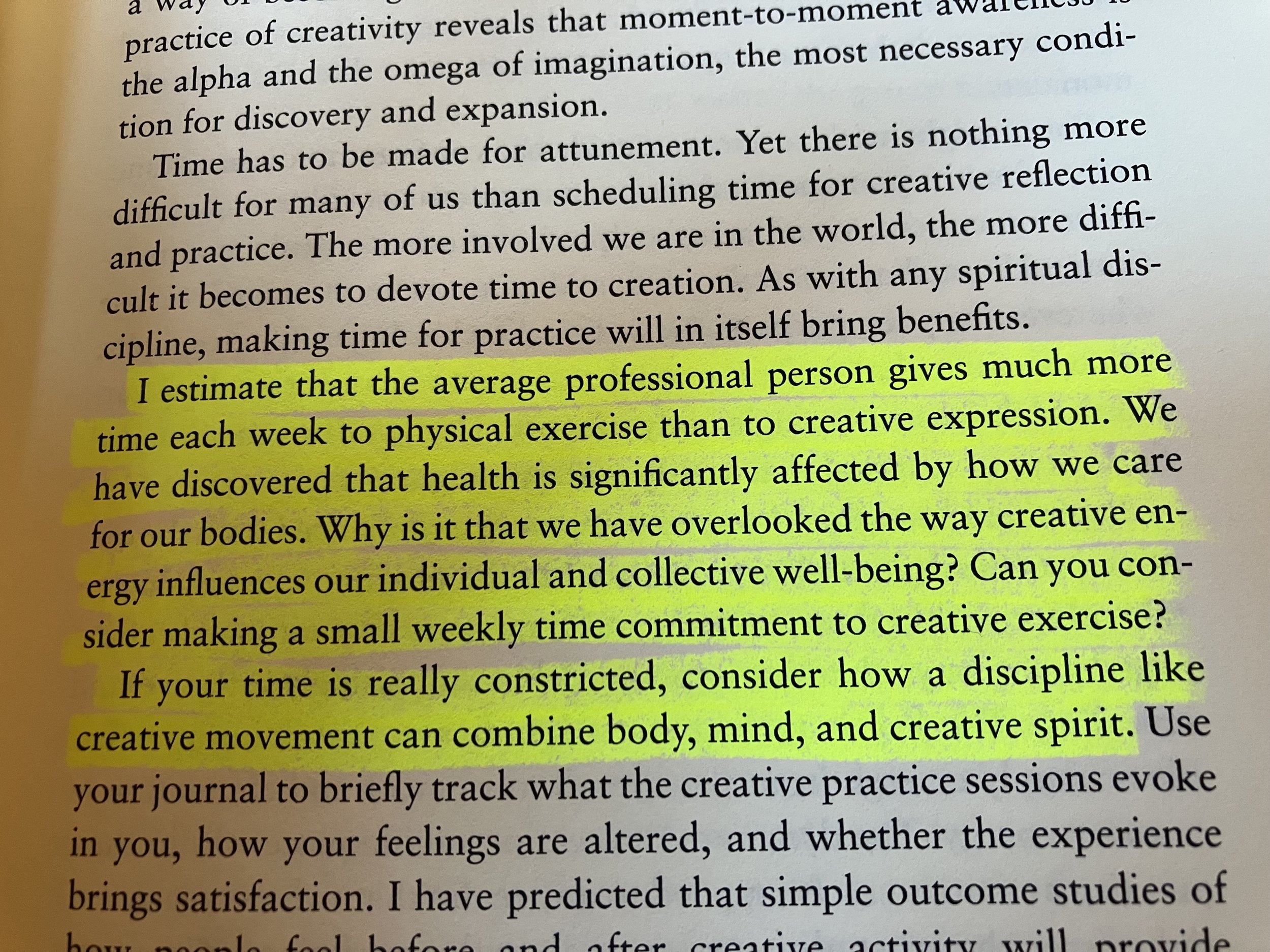Moving well unleashes the body’s kinetic energy, allowing thoughts to flow more freely. When we engage in playful movement—be it a spontaneous dance, a stroll in the park, or an impromptu stretching session—our brains enter a state of heightened awareness. This liberation of physical expression encourages new connections and sparks innovative ideas. Whether it’s rolling on the ground or trying a new yoga pose, the unpredictability of movement invites us to relinquish rigid thoughts and embrace creativity.
Embracing a playful mindset further fuels creative exploration.
When we approach our tasks with lightheartedness, we dismantle the barriers of perfectionism and fear of failure. This playful attitude transforms challenges into opportunities for experimentation, leading to surprising breakthroughs. As we play, we open ourselves to uncharted avenues of thought, allowing our minds to wander and weave through different perspectives. The combination of moving well and a playful approach creates a dynamic environment where creativity flourishes, turning the mundane into a delightful adventure of invention.









